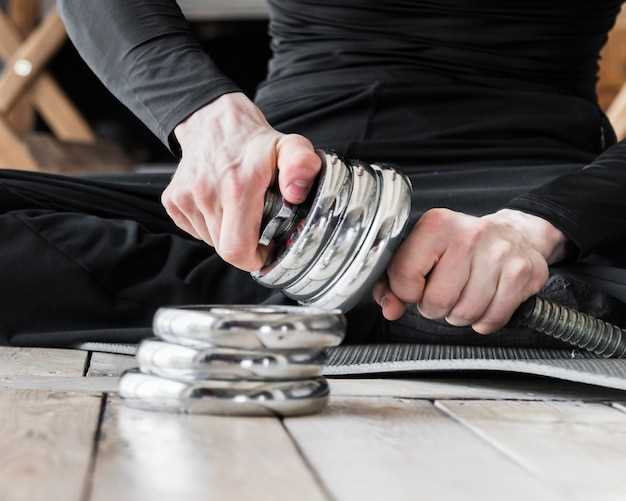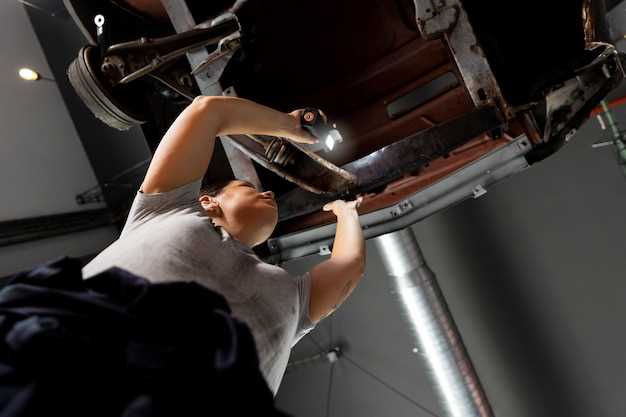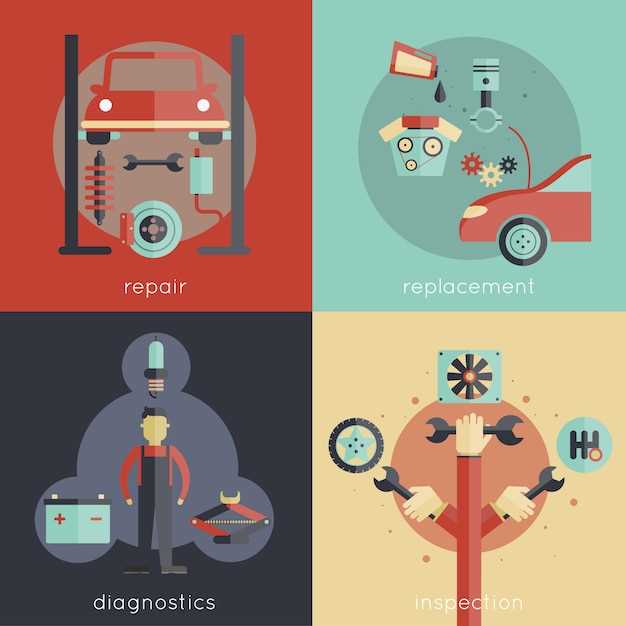
Vehicle suspension plays a crucial role in ensuring a smooth and safe ride. It is designed to absorb shocks from the road and maintain tire contact, providing stability and control. However, like any mechanical system, suspension components can wear out or become misaligned, leading to potential safety hazards.
Recognizing the signs that your suspension needs adjustment is vital for preventing accidents and costly repairs. Handling issues, such as excessive swaying during turns or difficulty maintaining a straight line, can indicate that your suspension is not functioning optimally. Additionally, if you notice unusual noises like clunks or squeaks while driving, it may suggest that the suspension components are deteriorating.
Furthermore, tire wear patterns can provide valuable insights into the condition of your suspension. Uneven tire wear often signals misalignment or worn-out parts, which can compromise your vehicle’s safety. Regularly checking your suspension and addressing any issues promptly will not only enhance your driving experience but also prolong the life of your vehicle.
Unusual Noises Indicating Suspension Issues
Paying attention to unusual noises from your vehicle can be crucial for maintaining a safe driving experience. When it comes to the suspension system, certain sounds often indicate underlying issues that require immediate attention. Ignoring these signs can lead to more serious problems and compromised safety.
Clunking or Banging Sounds: If you hear a clunking or banging noise when driving over bumps or uneven surfaces, it may suggest worn-out or damaged components within the suspension system. This could include issues with the shock absorbers, struts, or control arms.
Squeaking or Creaking: Persistent squeaking or creaking sounds while turning or driving on rough roads often point to dry or deteriorating bushings or joints. These parts are vital for providing flexibility and support, and their failure can severely impact handling and comfort.
Grinding Noise: A grinding noise may signal that the suspension components are making contact with each other due to misalignment or excessive wear. This could result in further damage to both the suspension system and the vehicle chassis if not addressed promptly.
Thumping or Humming: A rhythmic thumping or humming noise while driving could indicate an issue with the springs or struts, which are crucial for maintaining vehicle stability. These sounds often become more pronounced during acceleration or when navigating turns, highlighting the necessity for a thorough inspection.
Recognizing these unusual noises is the first step toward ensuring your vehicle’s suspension remains safe and functional. Regular maintenance and prompt attention to any concerning sounds can help prevent significant repairs and enhance your overall driving experience.
Changes in Vehicle Handling and Ride Comfort

The suspension system plays a crucial role in both the handling and comfort of your vehicle. When it starts to wear out or becomes misaligned, drivers may notice several significant changes that indicate a need for adjustment.
- Increased Bouncing: If your vehicle bounces excessively over bumps or potholes, it may suggest that the shock absorbers or struts are failing, compromising ride comfort.
- Pulling to One Side: A vehicle that drifts or pulls to one side while driving may indicate that the suspension is unevenly worn or misaligned, affecting stability and handling.
- Excessive Leaning: When turning, if your vehicle leans excessively or appears unsteady, it can signal worn suspension components, which can alter its handling characteristics.
- Vibration or Noise: Unusual vibrations or noise from the suspension system when driving over rough surfaces can denote worn bushings, shocks, or struts, impacting overall comfort and control.
- Tire Wear Patterns: Uneven tire wear can often be traced back to suspension problems. Check for cupping or excessive wear on the inner or outer edges of tires.
Recognizing these signs early and addressing suspension issues can help ensure a safer and more comfortable driving experience. Regular maintenance and inspections can prevent potential problems and enhance your vehicle’s performance.
Visible Wear and Tear on Suspension Components

Inspecting your vehicle’s suspension system is crucial for maintaining safety and performance. Noticing visible wear and tear on suspension components can indicate serious issues that require immediate attention.
First, check the shock absorbers and struts. If they show signs of leaking fluid or have rusted surfaces, they may not effectively absorb shocks, leading to a rough ride and decreased vehicle control. Additionally, cracks or dents can compromise their integrity.
Next, examine the control arms and bushings. Significant cracks, separations, or any noticeable wear can cause alignment issues, affecting overall stability. Worn-out bushings may also lead to increased noise and vibration while driving.
Don’t overlook the sway bar links and coil springs. Any signs of wear, such as corrosion or broken ends, can impair handling. If coil springs sag significantly, this can lower your vehicle’s ride height, altering its center of gravity.
Lastly, inspect the ball joints and tie rods. Play or excessive wear in these components can create unsafe driving conditions, leading to steering instability. Any visible deterioration such as cracks or rust should prompt an immediate evaluation.
Regular visual checks for these issues can help ensure your suspension system operates effectively, enhancing both safety and comfort while driving.
